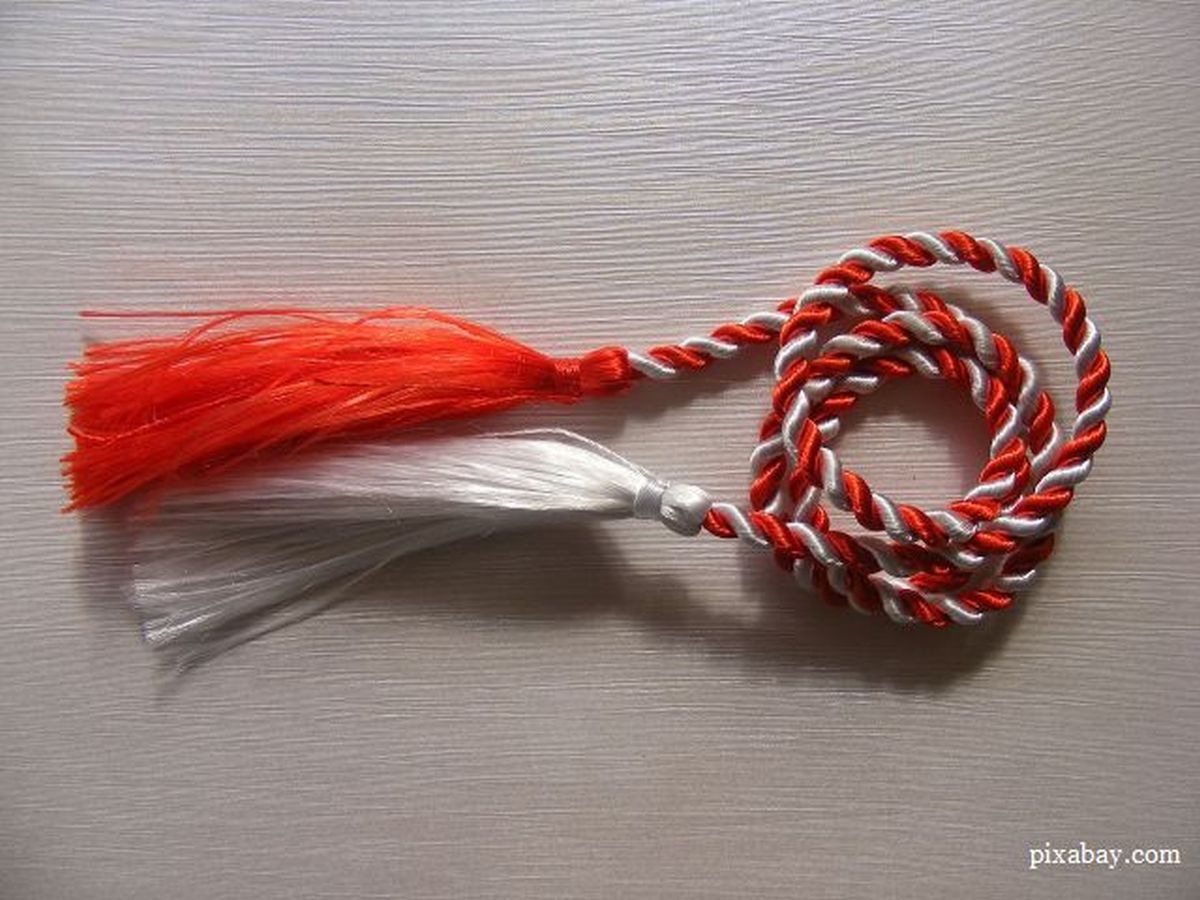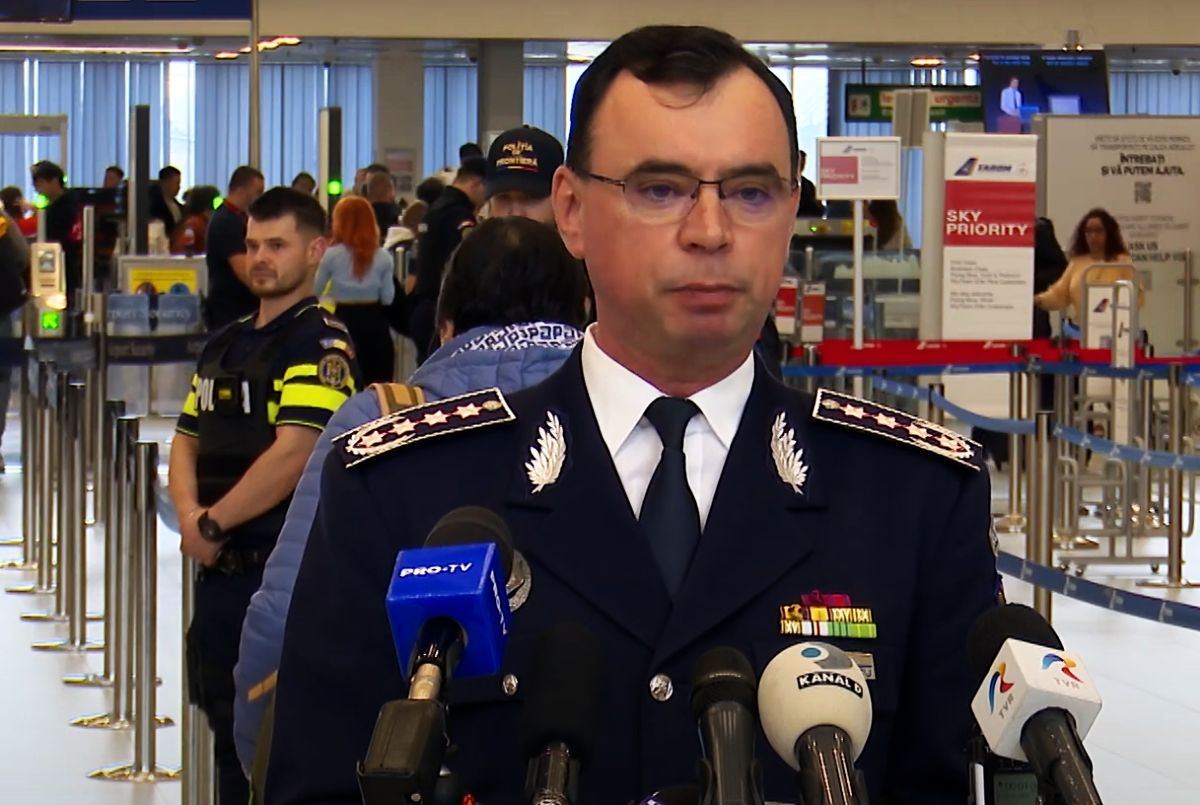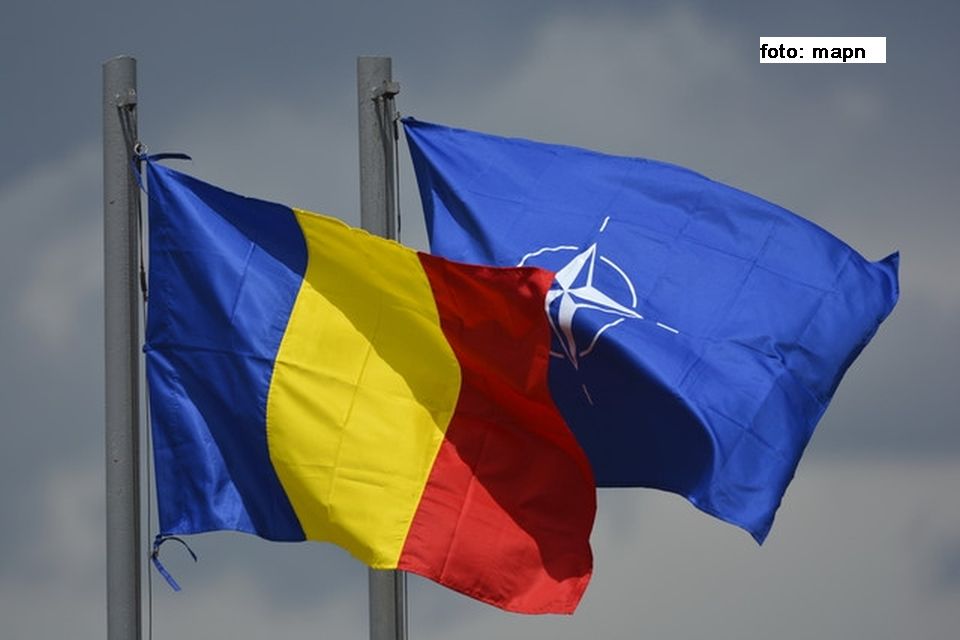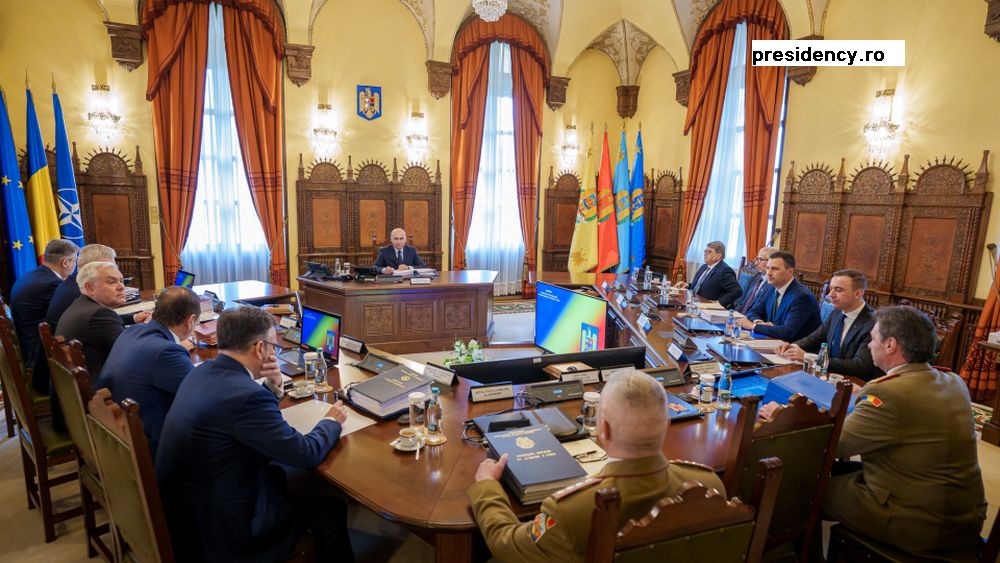The tradition of Mărțișor
A series of events to celebrate Mărțișor Day are held these days in Romania and abroad.

Leyla Cheamil, 01.03.2024, 13:50
The arrival of spring is marked in Romania with old customs and traditions passed down from one generation to the next. On the first day of March, Romanians are celebrating Mărțișor Day. An ancient custom, Mărțișor is recorded by ethnologists in the early 20th century in Romanian, Bulgarian and Albanian communities in the Balkans. In the Romanian countryside, Mărțișor was believed to provide protection against diseases and ill-fortune. A silver coin attached to a twisted wool or cotton thread would be tied around children’s wrists to shelter them from disease. After twelve days, the children would hang the coins up in a tree to make it fruitful or around cattle’s horns to keep them healthy. Adopted by the urban world and turned into a decorative item, Mărțișor can be made of silver or gold, worn as an ornament pinned to the chest or even as a necklace.
In 2017, Mărțișor was inscribed by UNESCO in the list of the Intangible Cultural Heritage of the world, following a joint application to this effect by Romania, the Republic of Moldova, Bulgaria and North Macedonia. A series of events are staged these days in Romania to mark this tradition.
The capital Bucharest and other cities are hosting Mărțișor-themed fairs. One such fair held in Bucharest (Bucharest Mărțișor – Romanian Crafts and Tastes) invites visitors to discover the authenticity and beauty of Romanian crafts. “You will be welcomed by an atmosphere of joy and colour ready to enchant your senses and open up your heart to the beauty of spring. Visitors can admire and purchase the most beautiful and authentic handmade Mărțișor objects designed by skilled artisans and fashioned with great talent by folk craftspeople, as well as various objects carved in wood”, said the organisers of the fair.
On the first day of March, Radio Romania’s concert hall is hosting a performance of Robert Schumann’s Spring Symphony by the National Radio Orchestra conducted by the Italian conductor David Crescenzi.
Abroad, the Romanian Cultural Institute marks this celebration by hosting a series of events to promote Romanian traditions dedicated to the beginning of spring, events held in New York, Stockholm, Warsaw, Lisbon, Nicosia, Tel Aviv, Venice, Madrid, Chişinău, Vienna, Paris, Istanbul, Rome and London. These events include classical music concerts, Mărțișor workshops, art performances, poetry readings, exhibitions, theatre performances and the screening of documentaries about the symbolical significance of the Mărțișor. (CM)






























